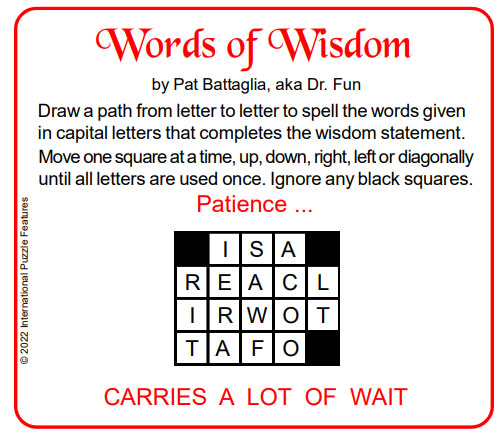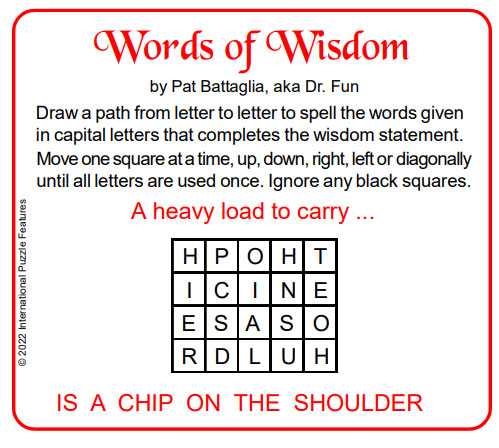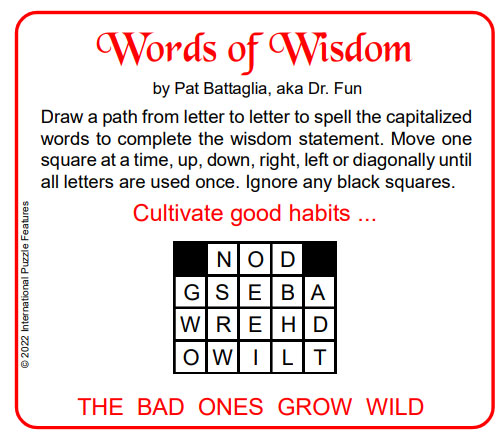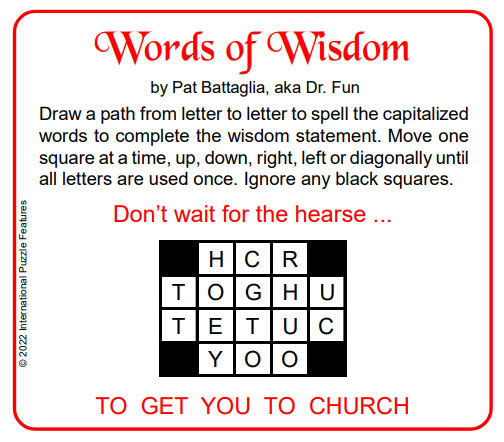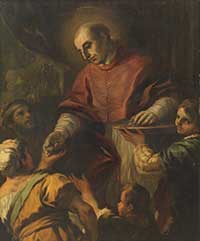 Cada 4 de noviembre la Iglesia Católica celebra a San Carlos Borromeo, Arzobispo de Milán y personaje importantísimo de la contrarreforma católica en el siglo XVI.
Cada 4 de noviembre la Iglesia Católica celebra a San Carlos Borromeo, Arzobispo de Milán y personaje importantísimo de la contrarreforma católica en el siglo XVI.
El Papa San Juan Pablo II le tenía un gran aprecio y devoción, y lo consideraba su santo patrono.
San Carlos Borromeo nació en Italia en 1538 en el seno de una familia noble. Su tío fue el Papa Pío IV, quien lo mandó llamar a Milán para que lo asista en la administración de su pontificado.
Pio IV lo hizo ocupar altos cargos eclesiásticos, en los que se desempeñó con eficiencia, pulcritud y humildad. Fue nombrado arzobispo de Milán y posteriormente cardenal. Participó en la organización y desarrollo del Concilio de Trento, haciendo una importante contribución desde la Secretaría de Estado del Vaticano.
Como funcionario, se preocupó por la formación de los sacerdotes. Destituyó a muchos presbíteros indignos y los reemplazó por personas que cumplían con las condiciones de honorabilidad y fidelidad a la Iglesia.
Por su diligencia y celo evangélico, así como cosechó muchos frutos para Dios, se hizo de muchos enemigos. Incluso, en alguna oportunidad, su vida corrió grave peligro cuando un grupo de miembros de la orden de los Humiliati, poseedora de monasterios, tierras y otras propiedades, intentaron desprestigiarlo ante el Papa.
Al no conseguir su cometido, tres priores de dicha orden armaron un complot para matarlo, y Jerónimo Donati, sacerdote de los Humiliati, le disparó a Borromeo mientras rezaba en la capilla de su casa, pero providencialmente solo quedó herido.
Durante la peste que se propagó en Milán, San Carlos se puso al cuidado de los enfermos. Fue el organizador del clero y las órdenes religiosas que salieron al encuentro de los contagiados, necesitados de asistencia médica y espiritual. Borromeo atendió personalmente a cientos de moribundos, y fue gestor de la ayuda económica a las víctimas y sus familias.
San Carlos fue amigo de mucha gente de bien y servidores de la Iglesia, algunos de ellos santos, como es el caso de San Francisco de Borja, San Felipe Neri, San Pío V, San Félix de Cantalicio, San Andrés Avelino entre otros más. San Carlos fue quien le dio la primera comunión a un adolescente San Luis Gonzaga.
A los 46 años cayó enfermo y finalmente fue llamado a la presencia de Dios el 4 de noviembre de 1584.
San Juan Pablo II, en noviembre de 1981, resaltó ciertos detalles que lo asemejaban a San Carlos Borromeo y que, de hecho, lo unieron mucho con él. El primer detalle tiene que ver precisamente con el nombre: “Karol” (Wojtila) es “Carlos”. San Juan Pablo II había recibido el nombre del santo en su bautismo.
El segundo detalle es que ambos sobrevivieron milagrosamente a atentados contra sus vidas.
El tercero está en los Concilios. San Carlos Borromeo participó en el Concilio de Trento y San Juan Pablo II del Concilio Vaticano II.
Además, a los dos los unió un profundo amor y respeto por los pobres y enfermos, y fueron amados por la gente de manera entrañable.
— Condensado de ACI Prensa


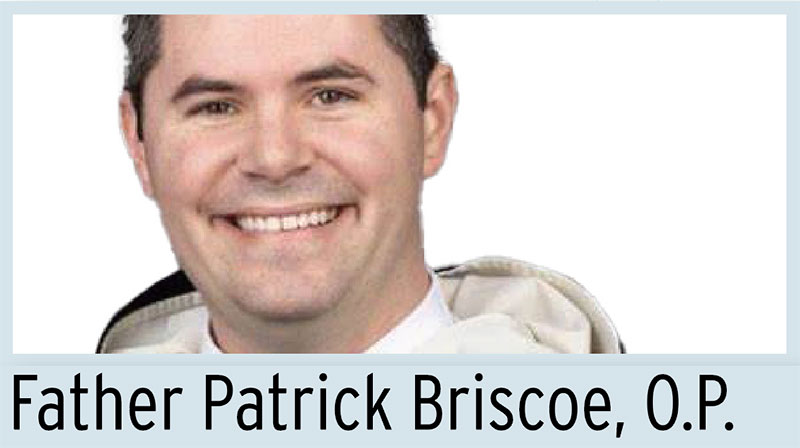 In a striking turn of events, renowned atheist and evolutionary biologist Richard Dawkins recently declared himself a “cultural Christian” during an interview with Rachel S. Johnson of LBC. Dawkins’ declaration was sparked by his reaction to the mayor of London’s decision to celebrate Ramadan with 30,000 lights on Oxford Street rather than Easter.
In a striking turn of events, renowned atheist and evolutionary biologist Richard Dawkins recently declared himself a “cultural Christian” during an interview with Rachel S. Johnson of LBC. Dawkins’ declaration was sparked by his reaction to the mayor of London’s decision to celebrate Ramadan with 30,000 lights on Oxford Street rather than Easter. At Easter morning brunch, one of my daughters brought me a beautiful bouquet of tulips.
At Easter morning brunch, one of my daughters brought me a beautiful bouquet of tulips. The whole of Christ’s passion is obedience. It is obedience out of love – a love for the Father and love for us. Christ put the greatest trust in the Father’s plan for salvation. Abraham and Isaac were the forerunners of this great trust: Abraham in God, God in Abraham, and Isaac in Abraham.
The whole of Christ’s passion is obedience. It is obedience out of love – a love for the Father and love for us. Christ put the greatest trust in the Father’s plan for salvation. Abraham and Isaac were the forerunners of this great trust: Abraham in God, God in Abraham, and Isaac in Abraham. On the edge of my property a lone peach tree grows between the woods and the gravel drive. Years ago, someone probably finished eating a peach and carelessly tossed the pit out of their car window. With the dense undergrowth, the pit overcame insurmountable odds to sprout into a sapling and grow into a small tree.
On the edge of my property a lone peach tree grows between the woods and the gravel drive. Years ago, someone probably finished eating a peach and carelessly tossed the pit out of their car window. With the dense undergrowth, the pit overcame insurmountable odds to sprout into a sapling and grow into a small tree.  Tom Holland’s magnificent book “Dominion” develops in detail what amounts to a very simple proposition – namely, that Christianity is responsible for many of the central values we take for granted and assume to be universal. In point of fact, he says, our insistence on the dignity of the individual, fundamental human rights, the principle of equality and, perhaps above all, that the poor, the marginalized and the victimized ought to be specially cherished, flows from basic Christian convictions.
Tom Holland’s magnificent book “Dominion” develops in detail what amounts to a very simple proposition – namely, that Christianity is responsible for many of the central values we take for granted and assume to be universal. In point of fact, he says, our insistence on the dignity of the individual, fundamental human rights, the principle of equality and, perhaps above all, that the poor, the marginalized and the victimized ought to be specially cherished, flows from basic Christian convictions.  Nearly 40 years ago, on a Tuesday, my sister Erin ran into the house with the excitement and enthusiasm that only a 7-year-old girl with a story to tell could muster. Immediately, she began to tell my mother about the wonderful adventure that she and her older brother had been having outside. Now she described in great detail the clouds and the birds and the sunshine and the neighbors who walked by all as we were engaged in the challenging project of getting a kite to fly on a Tuesday afternoon.
Nearly 40 years ago, on a Tuesday, my sister Erin ran into the house with the excitement and enthusiasm that only a 7-year-old girl with a story to tell could muster. Immediately, she began to tell my mother about the wonderful adventure that she and her older brother had been having outside. Now she described in great detail the clouds and the birds and the sunshine and the neighbors who walked by all as we were engaged in the challenging project of getting a kite to fly on a Tuesday afternoon. There are so many things clamoring for our attention these days, in all different kinds of ways. We are assaulted by advertisements, which are practically unavoidable on every video we watch, on billboards, on the radio and on our social media feeds.
There are so many things clamoring for our attention these days, in all different kinds of ways. We are assaulted by advertisements, which are practically unavoidable on every video we watch, on billboards, on the radio and on our social media feeds. 
